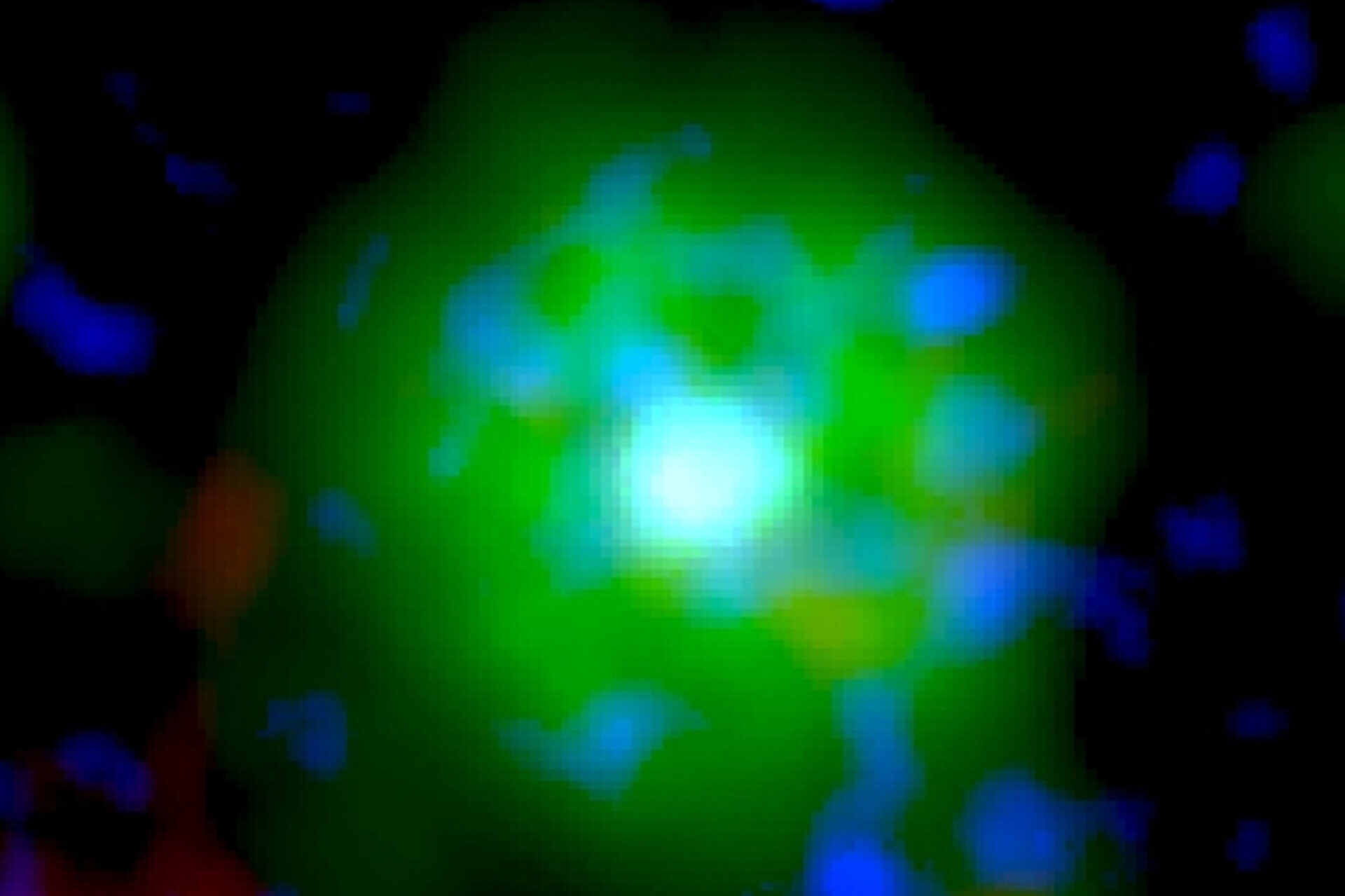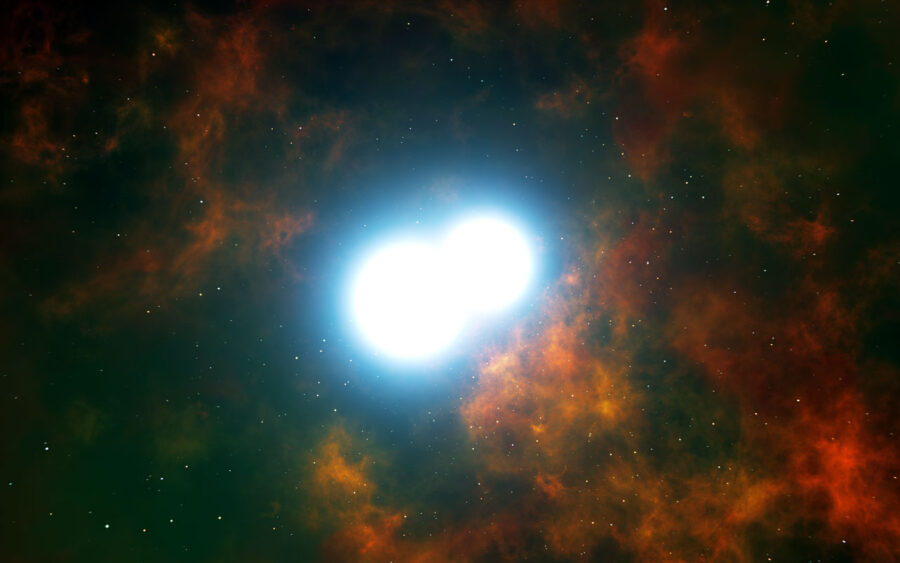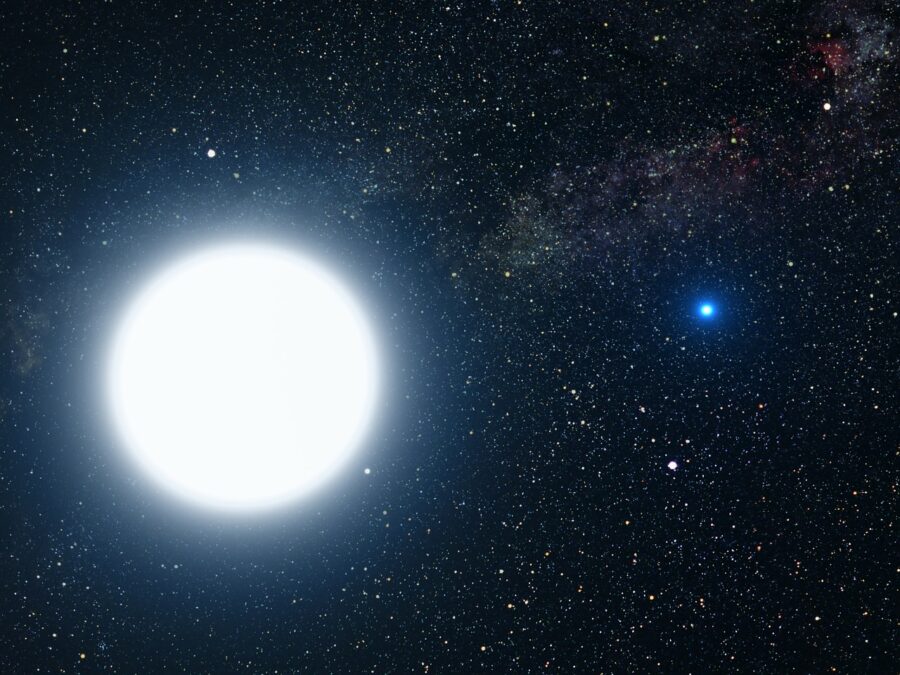New Type Of Star Discovered
The European Science Agency has discovered a new type of star, which is formed by two white dwarf stars coming together without destroying each other.
This article is more than 2 years old

The European Space Agency has released an image of a new type of star that has never before been seen in X-ray light. This first of its kind discovered so far, known as J005311, is the result of two white dwarfs colliding. This combination of two white dwarfs, is as CNET calls it a “type of zombie furnace risen from the dead.”
A white dwarf is essentially the remnant of a dead star, so this new star is what happens when these two dead sun remains come together to make a new star. When looked at through an X-ray light, the star glows green due to neon gas. While sometimes two white dwarfs colliding can lead to the stars destroying each other, this new find shows that sometimes they can also form to create a new type of star.
This new discovery was originally found back in 2019, when astronomers realized they weren’t looking at any normal white dwarf star. The new star was too bright, too massive, and had very high wind speeds which meant they were looking at something else altogether. Because of these unique elements, the team of astronomers thought that the likely origin of this new star was a successful merger of two existing white dwarfs.

The team of astronomers studying this new type of star, which is led by Lidia Oskinova of the Universe of Potsdam, Germany has used the European Space Agency’s XMM-Newton X-ray telescope to study this new discovery. The objective of this telescope has been to solve the mysteries we have in our universe. The European Space Agency says that it can help answer questions about everything from understanding black holes better to help us learn more about the formation of galaxies. The XMM-Newton X-ray is the largest science satellite ever built in Europe.
However, this new type of star is considered very unstable and will probably collapse into a neutron star. But it’s got some time before that happens, as it will likely turn into a neutron star within 10,000 years. So it’s got some time to exist simply as an anomaly of space.
As we explore the universe more thoroughly and with better technology than ever before, it’s a wonder that there are new things to find. The universe has so many mysteries left to unlock that astronomers are still discovering massive new anomalies. For example, last year, astronomers found another new type of star 1,500 light-years away. This new star was found to pulsate, but only on one side. Even though this type was first theorized to exist years ago, astronomers were able to see it for the first time last year.

These new finds seem to be unusual in their chemical makeup, which may be what makes them easier to discover throughout the universe. For example, the pulsating star is low in metal, yet absorbs metal-depleted gas from around its environment. Similarly, this new dual white dwarf is lacking hydrogen and helium.
The universe is certainly a mystery that astronomers are trying to solve, with the discovery of new star types and planets helping us learn more about the universe we live in, while still introducing even more questions.












